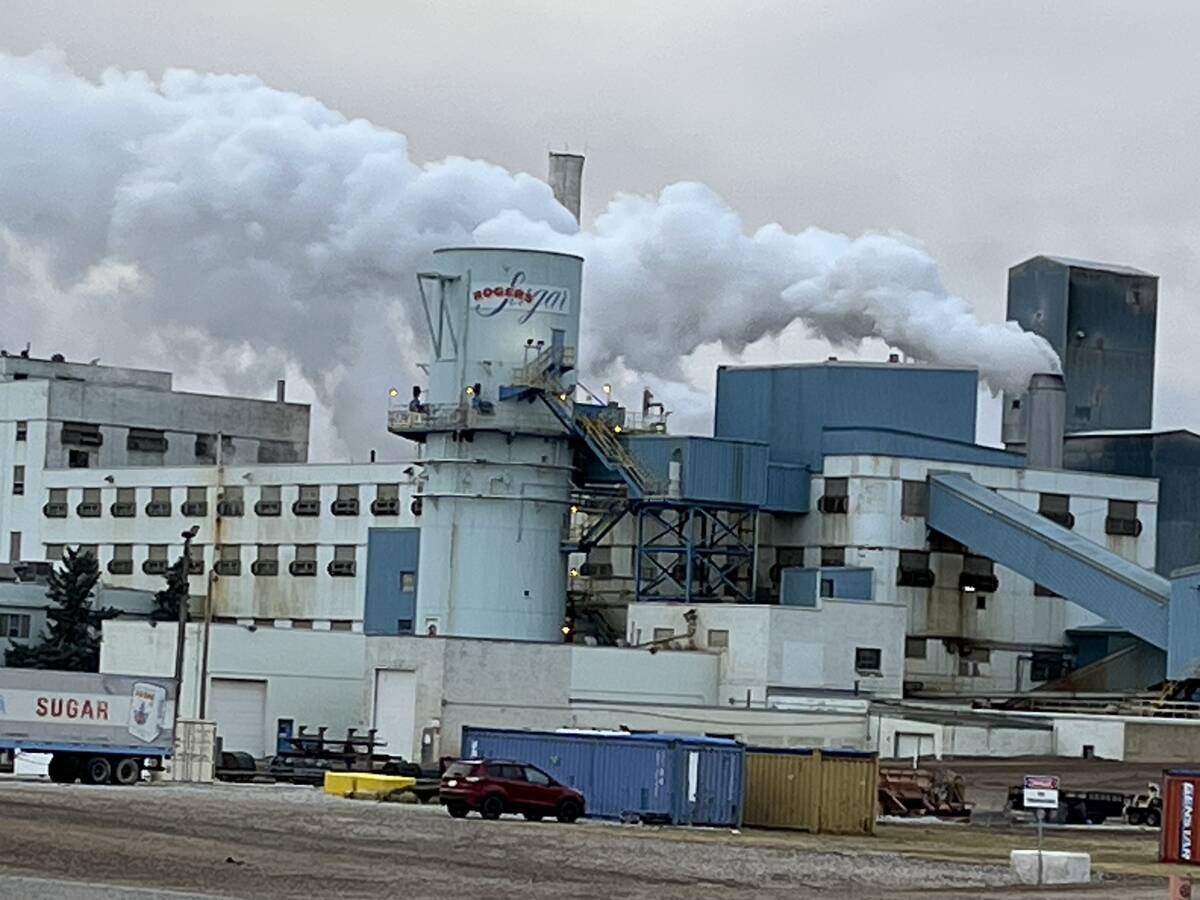Showing cattle is expensive advertising, but many producers consider it to be a necessary part of doing business.
Joanne Edwards is one of them.
“You breed high genetics as much as you possibly can to get these really good cows and no one can see them if they just stay at home,” she said.
Edwards and her mother, Fran, were awarded junior and intermediate champion, premier exhibitor and breeder in the Jersey show at this year’s Western Canadian Livestock Expo, held April 12-13 in Saskatoon.
Read Also

Sugar beet harvest underway in southern Alberta
Alberta Sugar Beet Growers hosts field tour to educate the public on the intricacies of the crop, its harvest process, and contracts with Lantic Sugar
The mother-daughter team from Nokomis, Sask., are veterans of western Canadian shows and no strangers to winning. One of their animals was recently named junior champion at a Calgary show.
“Basically the whole point of showing is to display your genetics from your farm and hope some people are interested in them and you can sell offspring off them,” Edwards said.
“Sometimes you get lucky and you can sell some of your top cows for really good money that you wouldn’t get on farm. Getting good show records on animals is important. You get interest in them, you can get embryos and people will buy them.”
She said the cost and time of participating in a show must be weighed against the benefits.
A two-day show takes at least two weeks of work, and there’s also the extra costs: fitters, show crews and their expenses, personal travel expenses, particularly fuel, and the cost of having people back home do the farm work.
“Time is a big thing, especially when you’re travelling so far like Red Deer,” she said. “It’s 16, 17 hours of just driving time to do one show.”
Edwards said she’s attended western Canadian shows since she was nine and has noticed that attendance has dropped over the past few years.
“Some of the shows are struggling a little because people are looking at what shows actually do something for them. You have to kind of look at it, does the show actually do something for you. Otherwise it’s really not worth the expense sometimes to go,” she said.
“Numbers are dwindling for sure. Shows in Western Canada are struggling with numbers. There’s no doubt about that.… I’ve been doing this long enough that you see people come and go. As the years go sometimes the next generation on certain farms don’t keep showing. People sell out and no one actually replaces them in the show circuit.”
Edwards reduced her costs to attend the Calgary show by sending her four heifers with another exhibitor and then flying there to show them.
“You see that more and more, where animals are sent with someone else,” she said. “There are a lot of people that do put a lot of effort and money into this and sometimes they do benefit from it quite a lot: genetically, interesting embryos, even people from other countries looking at them.”
Many shows have sales, which help cover expenses.
The Expo’s sale ring activity included selling 31 live lots and five embryos. The sale average was $2,650.















